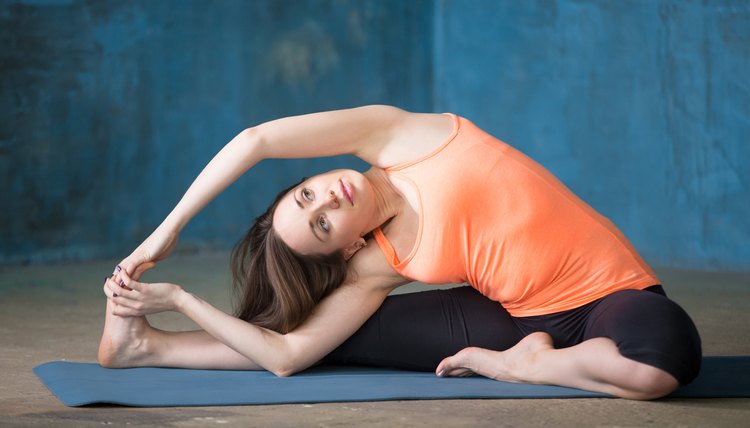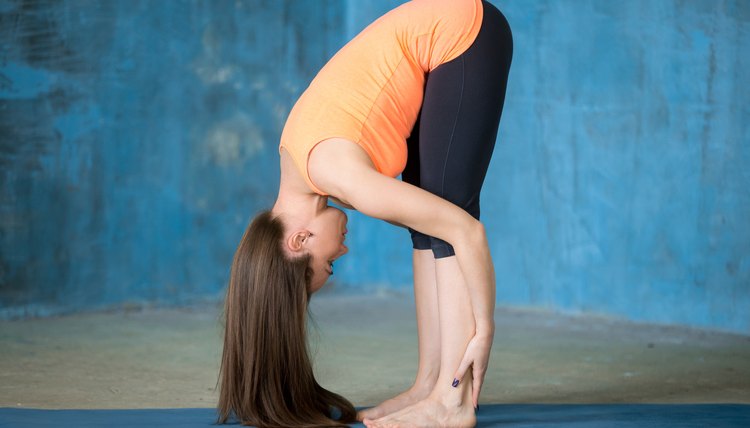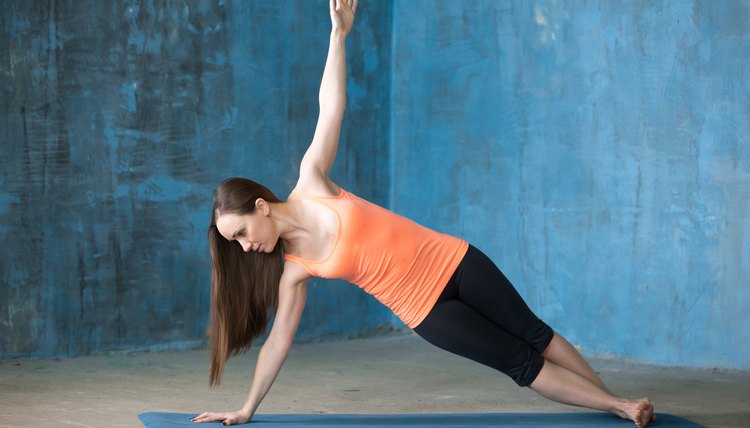What does fact checked mean?
At SportsRec, we strive to deliver objective content that is accurate and up-to-date. Our team periodically reviews articles in order to ensure content quality. The sources cited below consist of evidence from peer-reviewed journals, prominent medical organizations, academic associations, and government data.
The information contained on this site is for informational purposes only, and should not be used as a substitute for the advice of a professional health care provider. Please check with the appropriate physician regarding health questions and concerns. Although we strive to deliver accurate and up-to-date information, no guarantee to that effect is made.
Should You Stretch Your Abs Before Situps?

Slow down there, cowboy! Jumping out of bed in the morning or getting up from hours at your desk to crank out a set of sit-ups increases your risk of injury and diminishes their effectiveness.
Warming up your body before performing sit-ups is important, but it might not involve the stretches you'd expect. Static stretches, during which you hold a position for 10 to 30 seconds, aren't your best option.
Instead, perform dynamic stretches, which move your joints and muscles through a challenging but doable range of motion for multiple repetitions. This type of stretching warms your body, encourages circulation to abdominal muscles and helps ward off injury.
The Importance of Stretching
Although sit-ups seem relatively isolated to one part of your body, you still benefit from being warm and limber before doing them. Prepare the primary muscle worked during a sit-up — the rectus abdominis — as well as the supporting muscles at the sides of the waist and the hips. Your spine also needs a little priming.
A proper sit-up has you press your back toward the mat, which can be aggressive on cold spinal muscles. As you sit up, you activate your hip flexors, which pull on a tight low back. If the back and hips are warm and stretched out, you can avoid this discomfort and possible injury.

Warm up before sit-ups, no matter where you do them.
The Difference of Dynamic Stretching
A static stretch doesn't prepare your body for action. These holds are much better left for the end of a workout as part of the cooldown. Dynamic stretches move your joints through a full range of movement. Choose those that prepare your body for the activity to come. For sit-ups, this means gentle side bends, twists and plank holds.
Tips
Don't confuse dynamic stretches with ballistic stretches. Ballistic stretches involve pulsing or bouncing in a stretch, which is likely to cause injury if you're not under supervision of a trained fitness professional. Dynamic stretches are fluid, often familiar, movements, such as bodyweight lunges or arm circles.
Stretches to Do Before Sit-Ups
Prior to doing dynamic stretches, warm your body up with light cardio. Just two to three minutes of marching in place, walking briskly or side stepping is sufficient. Then, proceed with 10 to 15 repetitions of each of the following:
- Step-touch with twists: Stand with your feet together, hands clasped together at your chest. Step sideways to the right. Bring your left foot and tap it next to your right foot and rotate your torso right. Repeat as you move left.
- Side bends: Stand with your feet hip-distance apart and hands behind your head. Bend your torso right and then left. Move slowly and deliberately rather than with jerky or quick movements.
- Toe touches: Stand and raise your arms straight up over your head and then bend forward to touch your toes. Repeat for the desired number of repetitions.
- Planks: Get into the top of a pushup position with your hands under your shoulders and legs extended behind you, balancing on your toes. Hold for 30 to 60 seconds — only one time; no repetitions necessary.

Warm up before sit-ups, no matter where you do them.
Do More Than Sit-Ups for a Solid Core
Sit-ups only train your abdominals, which are just a part of your core. A strong core helps you keep your spine in proper alignment and improves posture, warding off back pain and disc issues.
It's also intrinsic to balance and makes it easier to do daily chores, such as gardening and vacuuming. Most sports, from running to tennis, require a strong core for maximum performance and stamina.
Because you're already warm, make it a complete core workout by adding a few exercises that target other primary muscles of the region. Bird dogs strengthen back stabilizing muscles, plank variations — such as side plank — train the deep transverse abdominis and obliques and bicycle crunches emphasize the obliques.
References
Writer Bio
Andrea Boldt has been in the fitness industry for more than 20 years. A personal trainer, run coach, group fitness instructor and master yoga teacher, she also holds certifications in holistic and fitness nutrition.
